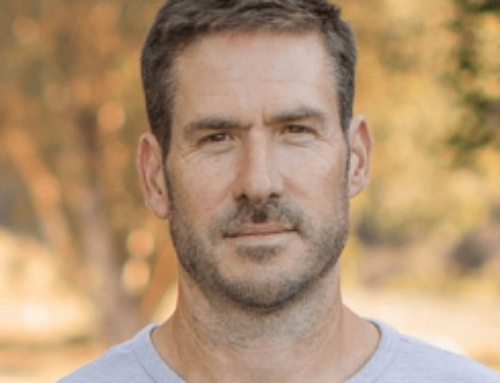Private flood insurance use rose notably in recent years as utilization of federal coverage inched down due to adjustments to public programs that have included more latitude in the mortgage sector.
Over the last four years, private coverage grew 20% while public policies the National Flood Insurance Program offers receded by 2%, according to a recent Fitch Ratings report.
The new numbers on use and performance in the report point to potential for private insurers to take on a greater role in line with reform plans from members of Congress and President Trump. But they also suggest there are limits to the role it can play in that equation.
“The private market remains relatively small and is growing as more of a supplement, not as much to completely overtake and take the place of the NFIP,” said Christopher Grimes, senior director in Fitch’s North American Insurance rating group.
“In a situation where there was less involvement from the government, I think the private market could fill some of that gap, but it might be difficult to fully replace what the federal government currently provides,” he added.
What recent numbers reveal about the private market’s share
Past numbers like ones the Insurance Information Institute published in 2023 found public flood insurance still dominates but almost one out of three policies are private. Grimes said the study he co-authored reaches a similar conclusion when adjusted for differences in the datasets.
The availability of supplemental data added in recent years has made it more possible to differentiate property-type coverage, and Fitch’s report finds the 27% private share of the market breaks down into 11% residential and 16% commercial, with the balance being federal.
Because Fitch’s study and the institute’s older one appear to utilize different data sets that aren’t exactly comparable – and there are differences between property types – the residential market shouldn’t read too much into the combined private share being a bit lower.
“That market continues to grow,” Grimes said “Where we’ve seen some change in premium dollars and the way they’re allocated tends to be on the commercial side.”
Other cost, policy and risk management trends
The change to a risk-based regime for the National Flood Insurance Program’s pricing, which hiked coverage expenses for many, has had a lot to do with that growth.
“It’s really allowed the private market to be more competitive on a property,” Grimes said of the NFIP’s pricing change.
The Federal Housing Administration’s decision to allow private flood coverage that meets its standards for loans it insures also could be contributing.
A key question for the ability of private flood insurance lines to keep growing and play a role as policymakers consider potential change to the NFIP program is whether the companies involved view it as a manageable risk worthy of investment.
While certain property risks have grown to the point where they’ve pushed private insurers out of markets, Fitch’s examination of this type of coverage suggests its performance over the last nine years of available data is acceptable to companies involved in the business.
The private flood insurance industry only had one underwriting loss over the last nine years which was 2017’s unusually tough hurricane season, according to the report.
“I think insurers in the private market feel comfortable that they’re appropriately pricing the product as they’ve been more comfortable with the technology of mapping the flood risk and modeling it,” Grimes said.
However that may not be true for all properties.
“The properties that are really high risk might be ones that they’re less willing to take on, and those are probably better suited for the National Flood Insurance Program,” he said.

